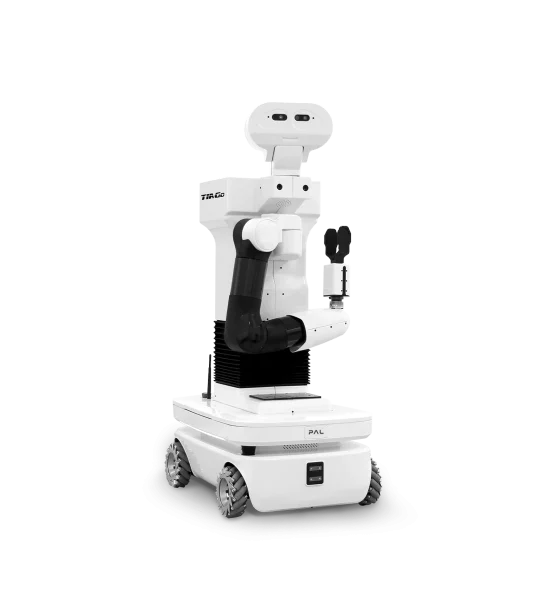Our Role
In the ARISE project, PAL Robotics uses the TIAGo robot to tackle important tasks in healthcare settings, like fetching items and interacting with people through multiple methods. TIAGo helps test how robots can work better with humans, making sure the robot’s actions are helpful and clear in real-world situations like kitchens modeled after hospital environments.
Key responsibilities
- Addressing critical challenges in healthcare HRI through multimodal interaction.
- Streamlining fetch & carry tasks in healthcare environments.
- Conducting tests and validations using the TIAGo robot in real-life scenarios.
- Working on building and validating industrial applications for the ROS4HRI framework, aiming to establish it as the standard for HRI development within the ROS 2 ecosystem.











